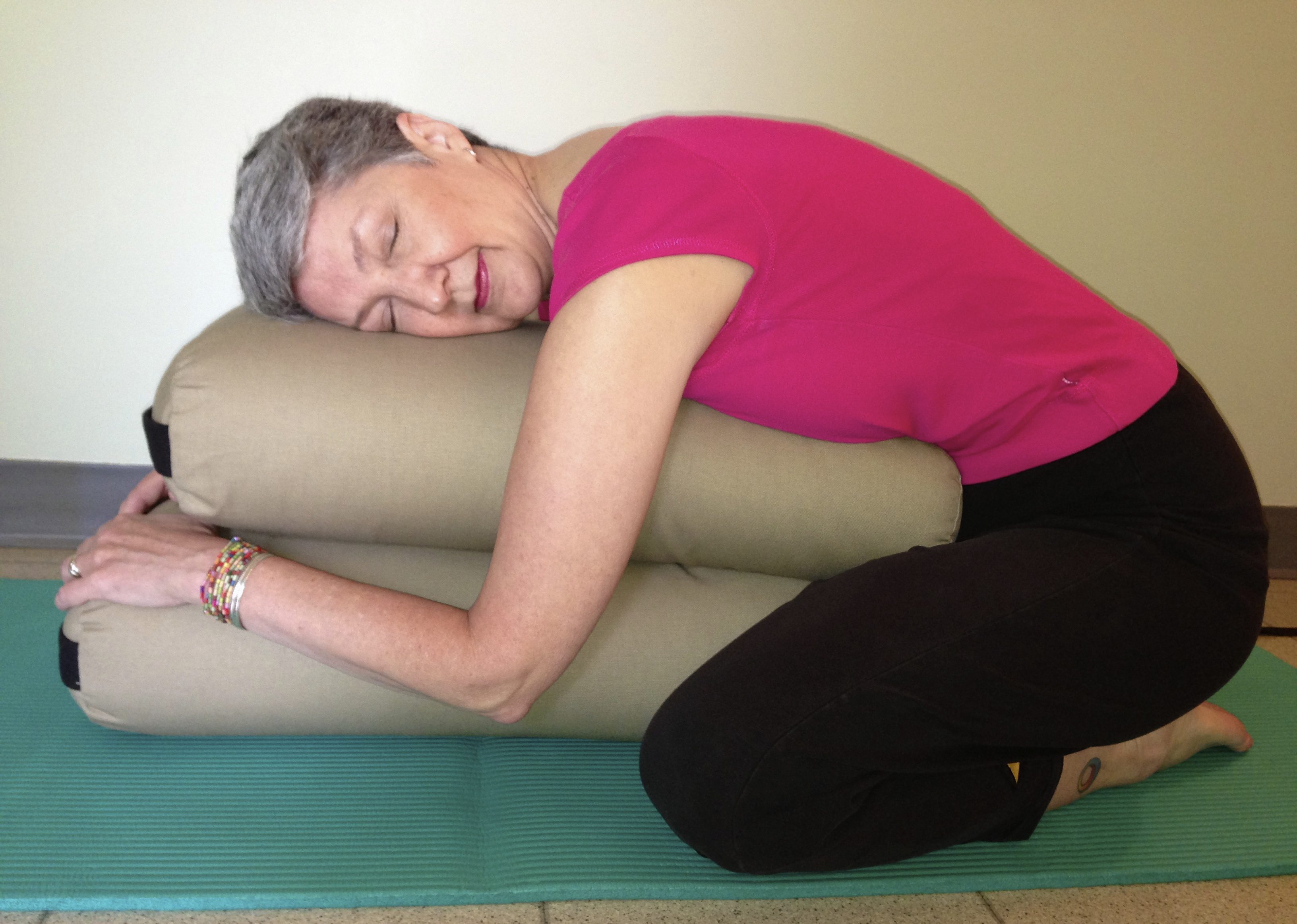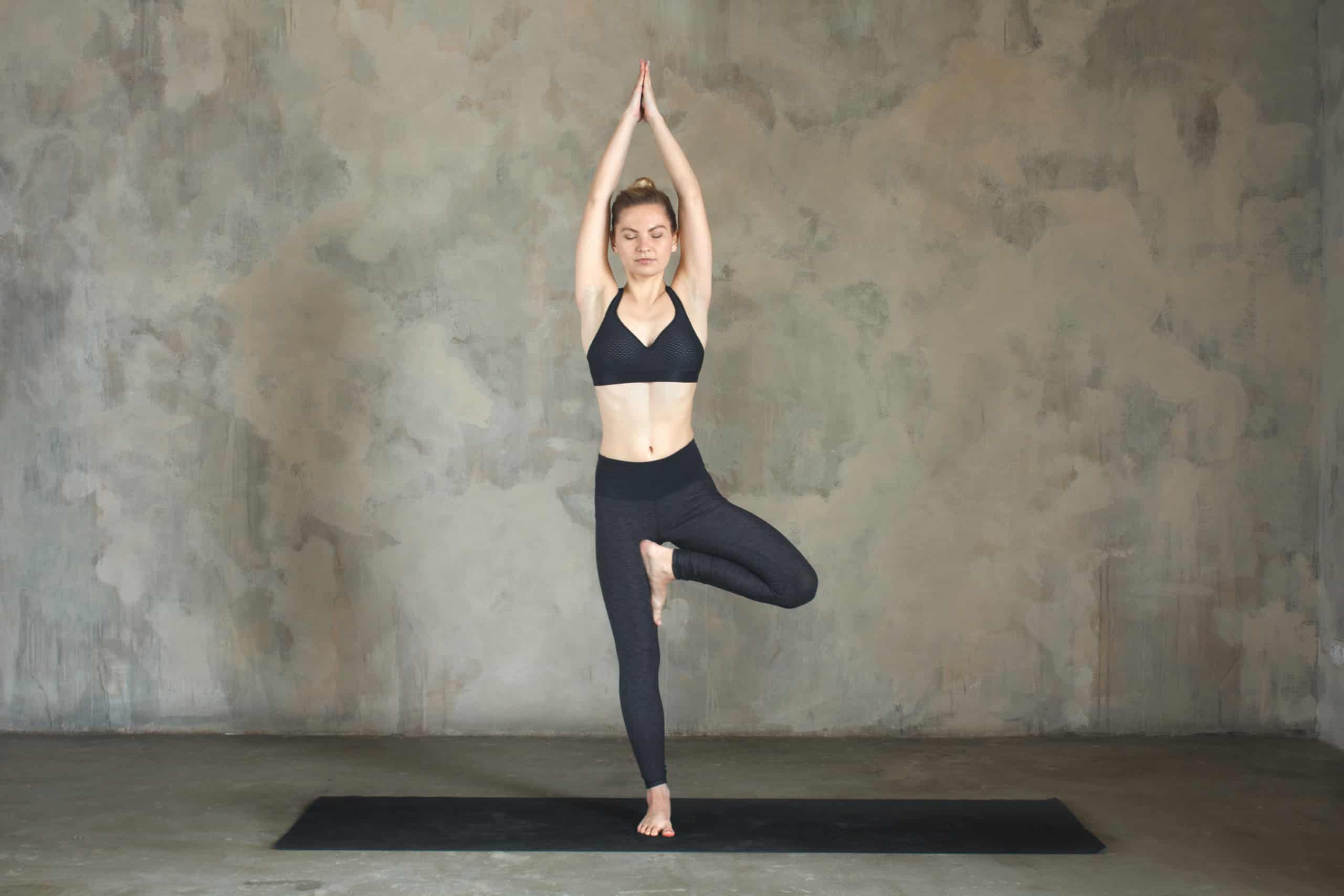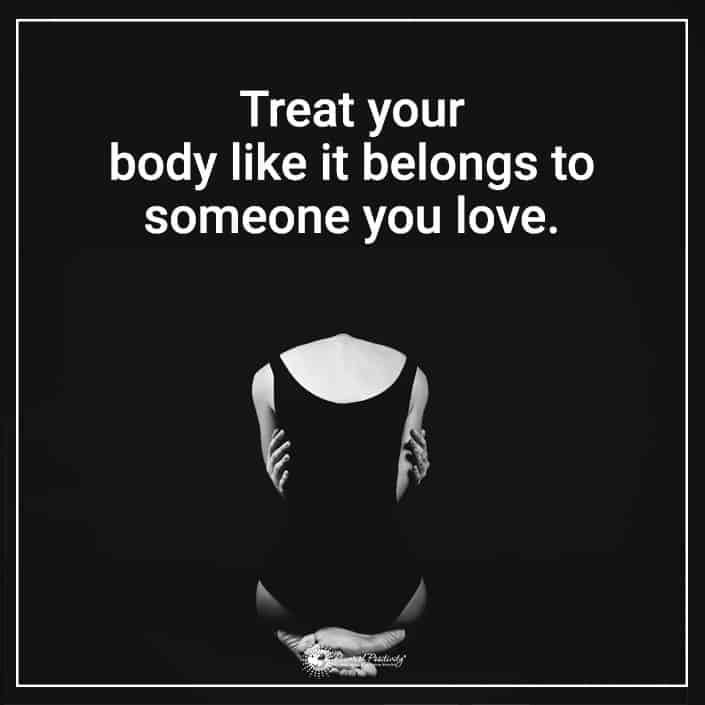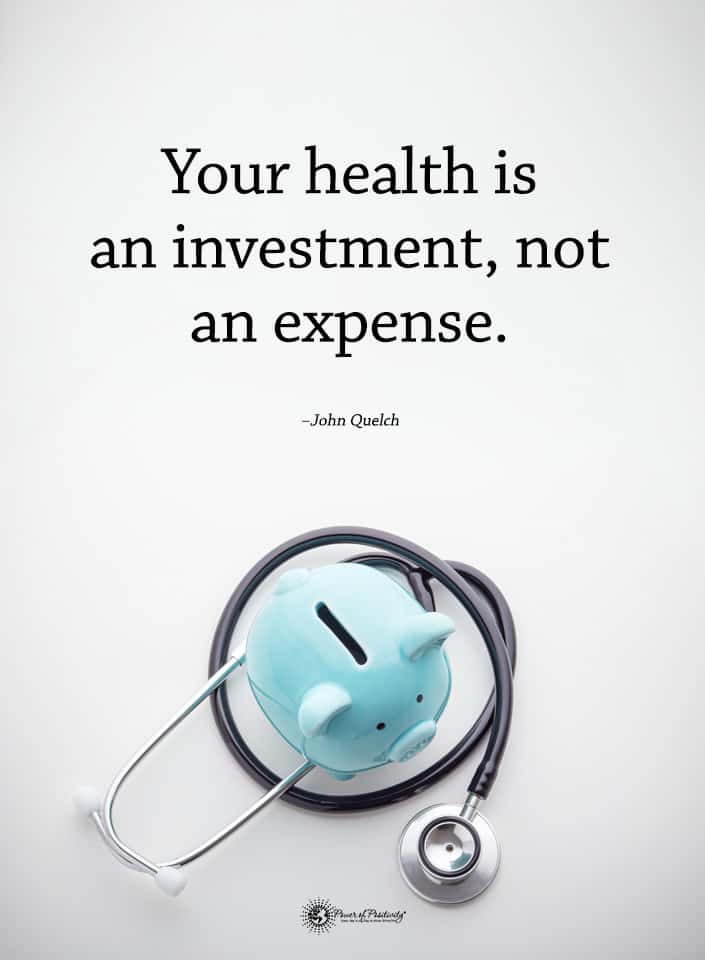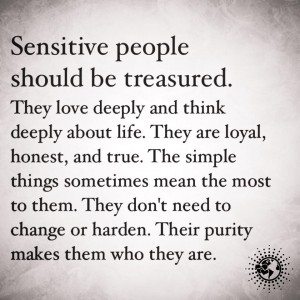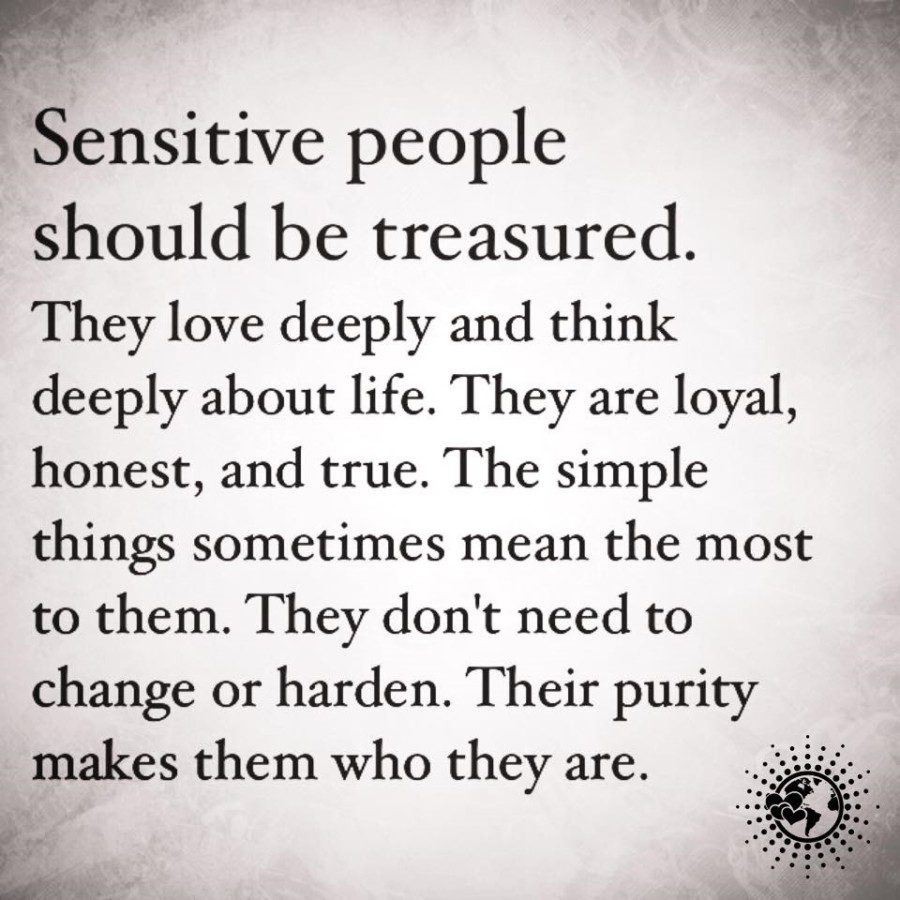When you know that healthier eating is easy with this one important thing to help you, better nutrition and a healthier body is within your reach. Whether your goal is to lose weight, get fit, or just have better nutrition this one technique can help.
Cravings for junk food, sweet treats, and unhealthy fats are common. Desire for these types of unhealthy foods is something that is almost unavoidable until you learn how your brain is preventing you from eating healthier.
Understanding what drives our food choices is something that can help us to have a healthier lifestyle. Each day we make many food decisions. Let’s look at how being informed about this one thing will make a difference in your future, healthier food decisions.
Doing This ONE Thing Will Help You Eat Healthier
So much of our behavior is driven by our brain, which we also have the power to control. Hacking into our brain to learn to control our behavior is the way to unlearn bad habits and build new ones.
A desire to eat healthy is a desire to make a positive change in your life. This article is designed to help you get that positive change with healthier eating.
Behavior change is your goal, and targeting your brain’s reward center is going to help you do it. Recent research is using behavioral modification techniques to help people reward good behavior like eating healthy and avoid harmful eating behavior.
Related article: This Is What Happens When You Drink Wheatgrass Every Day
In a study where consumers had a choice of purchasing a healthier grocery item with a future reward of 50 bonus points to use toward savings on a future purchase or receiving 50 cents off of the healthy food now, customers were more likely to choose a healthy food if they have the promise of a future reward.
Researchers studying consumer grocery habits say ‘Consumers who have poor eating habits and who are overweight benefit the most from long-term reward incentives than if they are offered price reductions of an equal value. However, among healthy eaters, price breaks lead to more purchases of less healthy items.’
If you are already a healthy eater, you appreciate the savings on your monthly grocery bill now, but in order for people to make the change to a lifestyle of healthy eating, they had to visualize a future self. This focus on future results is usually why we chose to make a significant lifestyle change in the first place.
Related article: How To Stop Emotional Eating In 3 Steps
Researchers say that this one finding is important because grocery stores can use it to help people choose healthier eating over junk food. We can also use the information to visualize our ideal future self-image, no matter what health goal we are working on, as a tool to help motivate us.
How to Use This ONE Thing to Eat Healthier
‘The study indicates “incentivizing with behavioral rewards is more effective for consumers who are either overweight or junk-food junkies. The points received for each healthy choice not only led to a reward (e.g., accumulated cash value or free food), but also signify the otherwise intangible benefits of an isolated act of eating healthy.”
For your own health goals, pick a reward that you can give yourself in the future that supports your goal. For example, you might choose a new juicer machine that supports your healthy lifestyle, or an outfit that you will be able to fit into once you have lost some weight by eating healthier.
Hang a picture of the item that you will reward yourself with near the fridge, in your wallet, at work or someplace where you have to make decisions about food. The image will remind you of the reward that is waiting for you if you make a healthy choice over an unhealthy one.
Set a timeframe to reach your goal of healthier eating, for example, a period of 4 weeks and then give yourself the reward if you have been able to uphold your desired new healthy eating behavior. Give yourself some forgiveness if you slip up once or twice during the goal timeframe.
Research Supporting How This Will Help You Eat Healthier
A program to influence healthier eating in schools was established to study if children would be able to maintain healthier habits over time. The program included education about healthier eating, goal setting, parent involvement and reinforcement.
The reinforcement that the kids received for engaging in healthier behaviors was only a simple heart sticker, but teachers and school administrators gave the stickers to kids when they saw them engaging in healthy eating or healthy activities on the playground.
Because the reward was given right away, the children knew that they had been caught in the act of showing positive behavior and were more likely to repeat it to get the positive recognition and reward.
Another study offered financial incentives to adults in a weight loss program over 16 weeks. Even if the monetary reward was small, like a chance to win $10, participants who had the promise of a future monetary reward lost significantly more weight than the control group.
Will this help you? Share with us in the discussion!

 What does yoga involve?
What does yoga involve?